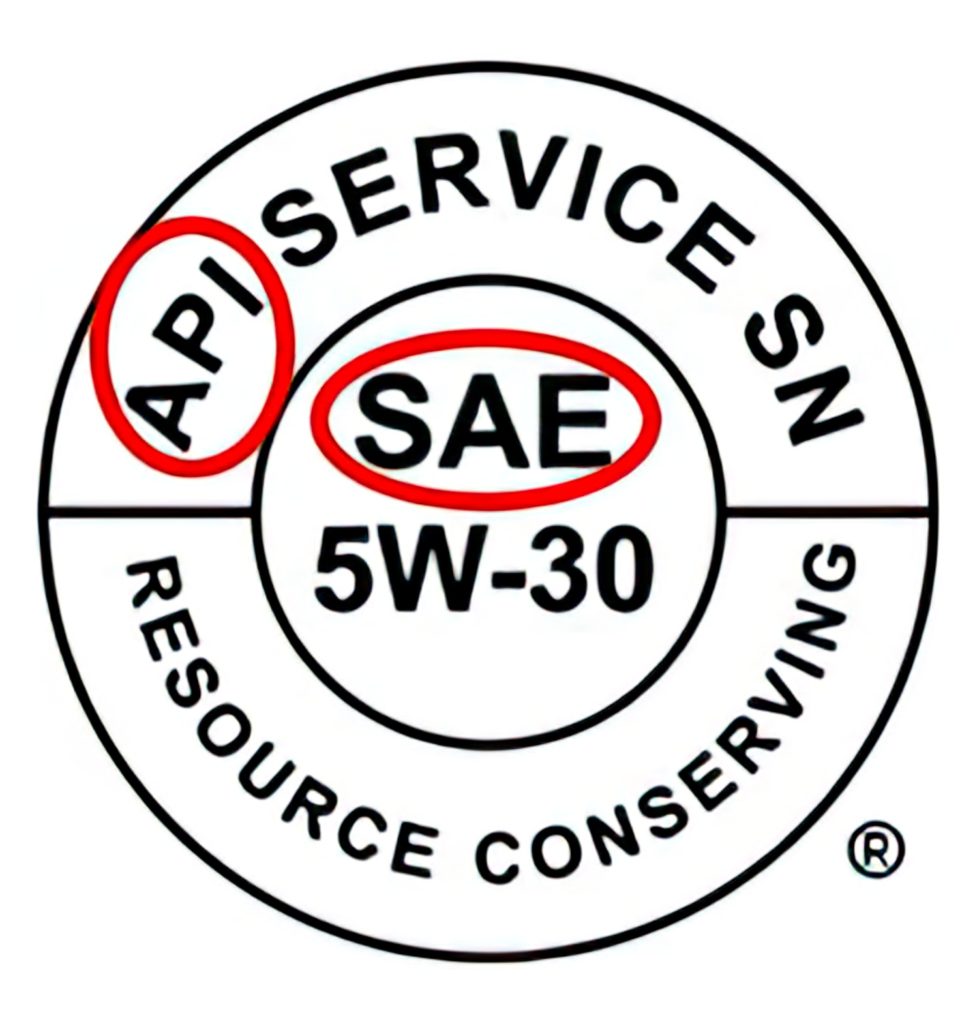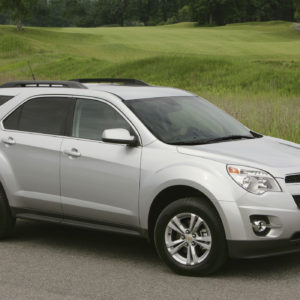Getting an oil change is crucial in keeping your vehicle running for over a hundred thousand miles. And if you’re someone who only wants what’s best for your daily driver, you also know that top-notch fluids, filters, and other parts don’t come cheap.
Maintenance parts and products for your vehicle are available at almost any repair shop and dealership, and some are surprisingly cheaper than others. Opting for more affordable products can be tempting, but keep in mind that there might be a catch.
Risks of Getting a Cheap Oil Change
Compared to other tasks, periodic oil changes are on the less expensive end of the maintenance spectrum. Still, some drivers would find ways to cut costs and save a few bucks by getting a cheap oil change from quick lube shops.
In most cases, getting a cheap and fast oil change can do more harm than good for your vehicle. This is because cheap oil breaks down much faster than its counterpart, and it tends to gum up and fail after only a short time.

Using cheap motor oil can lead to improper lubrication, sludge build-up, decreased engine performance, and increased fuel consumption, among others.
Quality quick lube shops typically charge less for the oil they keep in bulk than for oil you might specify for your vehicle. While it’s tempting to let them sell you their preferred brand of oil and filter, it’s important to request that they use oil that meets or exceeds OEM specifications for your vehicle. Name brand oils typically meet or exceed the OEM standards. Use the OEM brand oil filter whenever necessary, because not all oil filters are created equal internally, even though they might look the same on the outside.
Quality quick lube shops typically charge less for the oil they keep in bulk than for oil you might specify for your vehicle. While it’s tempting to let them sell you their preferred brand of oil and filter, it’s important to request that they use oil that meets or exceeds OEM specifications for your vehicle.
– Richard McCuistian, ASE Certified Master Automobile Technician
And beware of oils that appear to be OEM but aren’t. Some oil manufacturers will engage in tricky packaging to make their oil look like OEM.
Note from Richard McCuistian, ASE-certified Master Automobile Technician: Even an expensive oil can cause problems if it isn’t the right oil for the OEM application. For example, the Mobil 1 synthetic is a very high quality oil, but if it doesn’t say “DEXOS Approved GEN 2” it shouldn’t be used on an OEM that requires that classification.
Factors to Consider When Getting an Oil Change
Getting a proper oil change starts with finding the right motor oil. Make sure to consult your owner’s manual to know the API and SAE ratings of the manufacturer’s recommended engine oil.
Check whether or not the engine oil you’re about to get has the API symbol on it. The symbol certifies that the oil has been tested and rated in production automotive engines. The SAE and API ratings will help determine which oil is designed for which engine.


Operating Conditions
Most vehicle manufacturers recommend getting an oil change between 7,500 and 12,000 miles or every six months. However, these figures can change, depending on the vehicle’s operating conditions.
Engines that have a higher crankcase capacity and call for synthetic oil typically have longer oil change intervals, but you’re better off getting an early oil change than a later one. Use good judgment, and never start your engine if you’re not going to completely warm it up. Frequent short drives will create a serious sludge problem no matter what oil you use.
Driving in dusty areas, frequent towing, short-distance driving, operating under freezing temperatures, and extended idling could lead to shorter oil change intervals.
Is It Cheaper to Do an Oil Change by Yourself?
Yes. Labor costs for an oil change are usually between $40 and $100, excluding the engine oil and filter. Compared to other maintenance work, getting an oil change is a fairly simple task. However, some protocols should be observed to ensure it’s done properly.
A basic oil change procedure typically involves the following:
- Checking the oil level
- Hoisting the vehicle
- Draining the used oil
- Inspecting the plug gasket
- Replacing the oil filter
- Refilling the engine oil
Remember to dispose of old oil responsibly. Many chain parts stores will let you dispose of your old oil in their waste oil tanks if you bought your new oil from them.
If you’re not confident doing these tasks, it might be better to leave the job to the pros.
Does the Engine Oil Brand Matter?

There might be a handful of drivers and technicians who would recommend using a specific brand of engine oil, claiming that it performs better than others. But according to experts, different brands perform the same way if they meet the same viscosity requirements and API standards.
Why Get a Proper Oil Change?
Getting a proper oil change is a simple task that can do wonders for your engine. When done correctly, an oil change can provide the following benefits:
Better Engine Performance
Dirty oil and frequent short drives or an engine that is running too cold will lead to sludge build-up, which means it will take longer for the oil to reach certain parts of the engine and keep it lubricated. Contaminated oil is also less efficient in drawing heat away from various parts, leading to decreased engine performance and accelerated wear on some components.
Meanwhile, having clean oil circulating the engine can keep the parts running smoothly while reducing friction between them.
Cleaner Emissions
Over time, contaminated oil can result in increased hydrocarbon emissions, which will pollute the atmosphere. Getting an oil change can prevent hydrocarbons from building up inside the crankcase and being released into the air.

Better Gas Mileage
Periodic oil changes are part of routine maintenance tasks that help maximize gas mileage and keep the engine running properly.
Dirty oil can increase wear on certain parts because it won’t be able to draw heat away from them caused by friction. That can make the engine work harder and use up more fuel than necessary to run.
Key Takeaways
A cheap oil change comes with risks, and most of them can lead to damaged engine parts. So if you’re thinking about taking the more affordable route for this maintenance task, remember that there’s a possibility that you’re sacrificing the benefits of a proper oil change.
Lastly, performing an oil change is a task that a lot of drivers do on their own to save on labor costs. If you plan on doing it yourself, make sure you’re equipped with the proper tools and automotive know-how before proceeding. If not, you can always bring your vehicle to the nearest repair shop to have a trained professional do the job for you.
Doing an Oil Change? Get High-Quality Oil Filters Online
Aside from getting high-quality oil, getting an oil filter that can effectively keep your engine oil clean is also important. Otherwise, your engine oil might become viscous and be filled with impurities sooner. When this happens, you’re going to have several engine-related issues and possibly some costly vehicle repairs. Good thing CarParts.com makes it easy to get the right oil filter for your vehicle.
CarParts.com is a trusted source of vehicle parts and accessories, including oil filters. We have an extensive catalog of oil filters from leading aftermarket brands. You can choose between spin-on, canister, or cartridge-type oil filters, depending on your vehicle’s needs.
Need your part as soon as possible? Don’t fret, because we have fast shipping, thanks to our strategically located warehouses. You can get your order in as fast as two business days.
Don’t miss out on our affordable prices and check out our catalog of oil filters now!
Any information provided on this Website is for informational purposes only and is not intended to replace consultation with a professional mechanic. The accuracy and timeliness of the information may change from the time of publication.






























